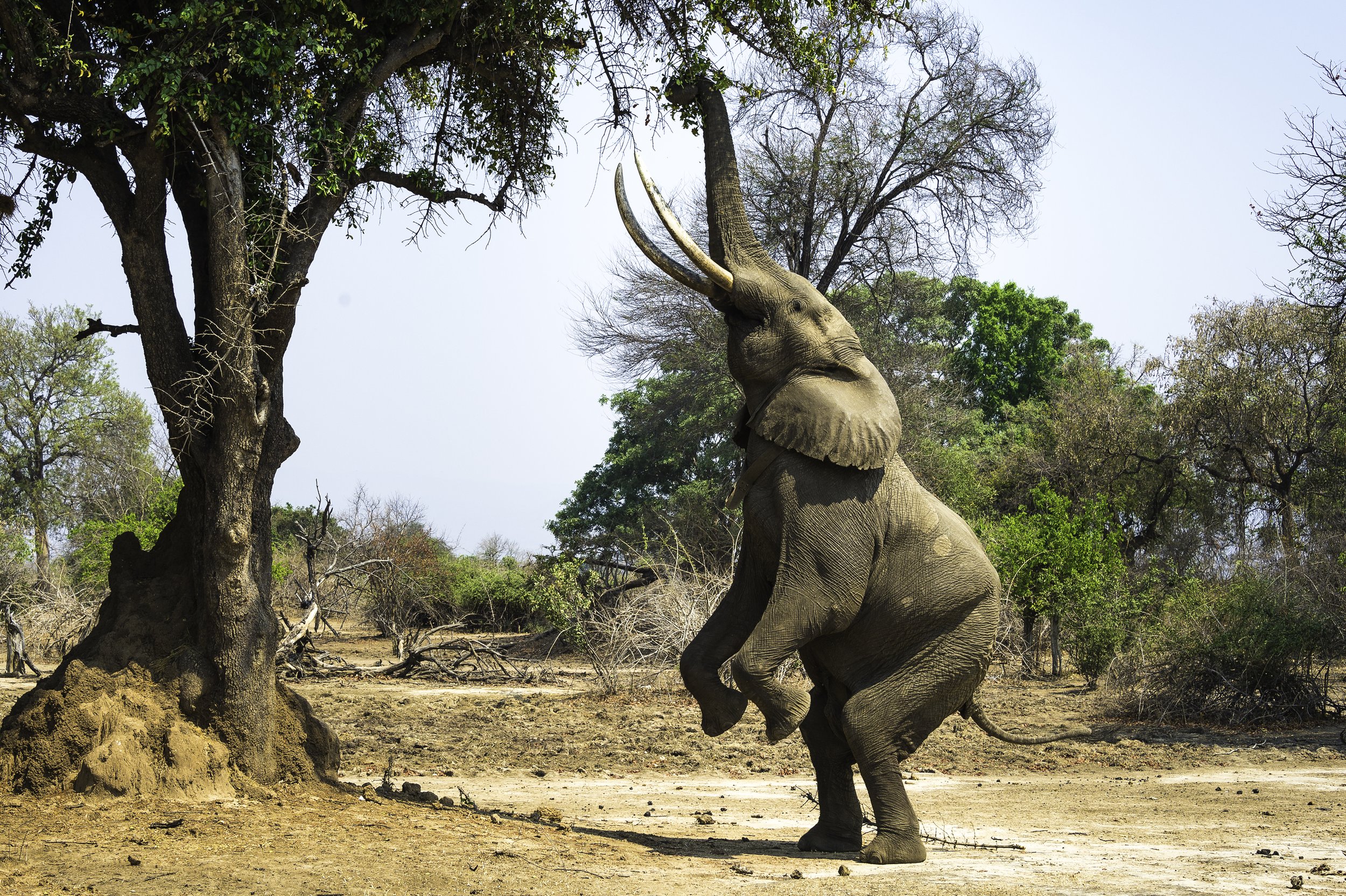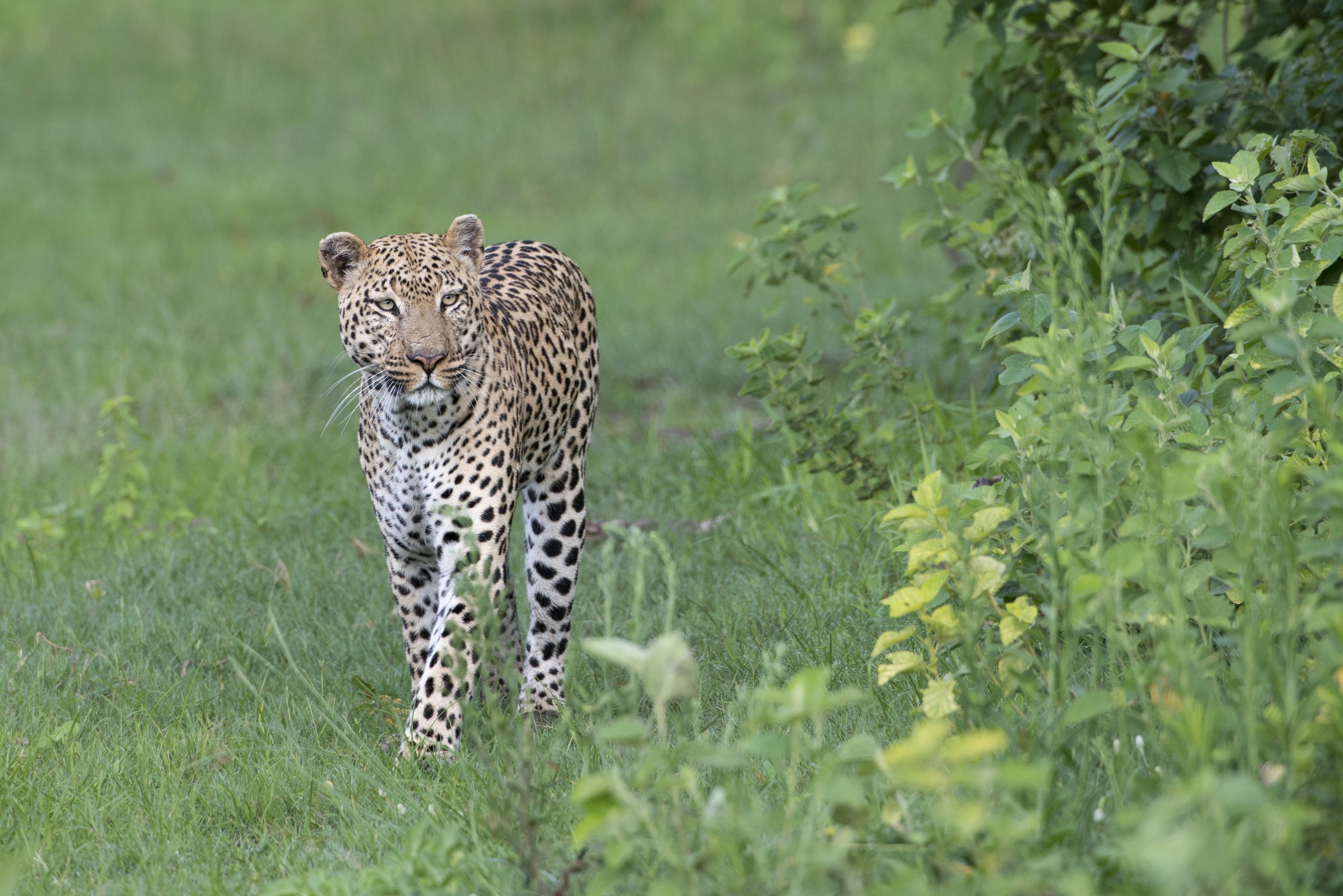Top Safari Destinations Throughout the Seasons
Our guests frequently ask us, "What's the best time to go on safari?" The simple answer is: it depends. Different seasons offer unique wildlife viewing opportunities. Your ideal trip hinges on your travel dates and what you hope to experience.
Generally speaking, the drier months (often the Southern Hemisphere's winter) in private wilderness areas result in less dense vegetation, making wildlife easier to spot. Animals and predators often congregate around waterholes offering potential viewing from your camp's deck or a hide, and walking safaris are particularly enjoyable. Conversely, the wetter, rainy seasons (typically the Southern Hemisphere's summer) showcase vibrant landscapes, blooming flora, pleasant temperatures, numerous newborn animals, and often lower prices. This time of year is also excellent for birding, fishing, and memorable boat safaris.
Explore the following information to get a sense of the best time to visit each region. Because our preferred camps and lodges are primarily located within private reserves, you'll enjoy fewer crowds, more exclusive experiences, and a wide variety of safari activities regardless of when you travel.
A Month-by-Month Guide
January – March: Serengeti, Tanzania calving season
The Great Wildebeest Migration in Tanzania's Serengeti is a dynamic, ever-moving spectacle. To witness the greatest concentration of animals, you need to go where the herds are, and mobile tented camps are designed to do just that. The calving season, when the herds give birth, sees a population explosion. This abundance of prey makes it a prime time for predator viewing, with excellent cheetah, lion, and hyena sightings.
June – September: Mana Pools, Zimbabwe
Mana Pools, in northern Zimbabwe, is a remote safari paradise renowned for its stunning scenery, remarkable wildlife, and large elephant populations. It offers a diverse range of safari experiences including canoeing, walking, and boating. Most camps in Mana Pools close during the Southern Hemisphere's summer months (Nov-Dec) due to high temperatures and heavy rains, reopening in April.
In late May the Zambezi River creates a breathtaking setting for the many activities on offer and wildlife gathers along the riverbanks and floodplains. Mana Pools also boasts a magnificent Ana Tree Forest, famous for elephants that stand on their hind legs to reach the delicious fruit high in the branches, especially from September onwards.
June – September | December – February : Gorilla trekking in Rwanda Rwanda
boasts a lovely tropical climate, and its high elevation means temperatures are milder than you might expect for an equatorial country – it never gets unbearably hot. The country typically has two rainy seasons and two dry seasons, with one dry season running from June- September, and another from December-February. While rain can occur at any time, gorilla trekking is an unforgettable and awe-inspiring experience and is generally more comfortable during the dry season. Imagine encountering these magnificent creatures in their natural habitat – a truly life-changing moment.
June – September: Okavango Delta, Botswana waters rise
To determine the best time to visit Botswana's Okavango Delta, it's helpful to understand the Delta's unique water dynamics. Unlike many African regions where water levels correlate with rainfall, the Delta's peak water levels occur during the dry season. This phenomenon is because the Delta's annual flood, or inundation, originates from rainfall in the distant Angolan Highlands, and it only reaches the Delta around May. Water levels peak in July and August before receding in September. This annual flood revitalizes the Delta, creating breathtakingly beautiful landscapes. The increased water flow concentrates wildlife on higher ground and the Delta's islands, making for exceptional game viewing. Big cat sightings are a definite highlight. Whether explored by mokoro, boat, or game vehicle, game viewing during this time is exceptionally rewarding.
July – October : Wildebeest crossings in the Serengeti, Tanzania
The Wildebeest Migration is a breathtaking year-round spectacle involving millions of wildebeest, zebras, and gazelles traversing the vast Serengeti ecosystem. Driven by the search for fresh grazing and water, the herds follow the rains in a continuous, cyclical journey. Key moments include the calving season in the southern Serengeti (January-March), where hundreds of thousands of calves are born followed by the dramatic river crossings (July-October), where crocodiles pose a significant threat. Throughout the year, the herds are constantly on the move, grazing and searching for sustenance. The sheer scale of this migration, the challenges the animals face, and the raw power of nature on display make it an unforgettable and truly awe-inspiring experience.
July – October: An abundance of elephants in the Linyanti Game Reserve in Botswana
If seeing elephants in truly impressive numbers is your priority, the Linyanti Wildlife Reserve is the place to be, especially late in the dry season. Botswana is home to Africa's largest elephant population, and the Linyanti is famous for its mega-herds, the largest in the world. These massive groups of elephants traverse ancient migratory routes through the reserve, often passing close by lodges. This area offers a similar elephant-viewing experience to Chobe, but without the large crowds in one of Botswana's most exceptional private reserves.
November – December: Start of the summer season in Zimbabwe
November heralds the start of the rainy season in Zimbabwe, and with it, summer in the Southern Hemisphere. Without a doubt, Hwange National Park is the place to be at this time of year. The thunderstorms, flashing across the area's renowned Ngamo Plains, provide a tantalizing sound and light show which is a perfect for spectacular photography. There's an electricity in the air. While the rains aren't constant, they cool the land and offer magnificent photographic opportunities before quickly passing. At Hwange's camps, you can even watch the show unfold from the hide or the pool as animals, particularly elephants, move between the waterholes in front of the camps.
November – March: Green season in Botswana
The Southern Hemisphere summer is now in full swing, offering a welcome escape from colder climates. Enjoy warm African days and nights, perfect for sleeping under a canopy of stars. This "green season" is a birder's paradise with colorful migratory birds gracing the lush landscapes. New life abounds as trees bud and flower, and newborns appear across the plains. In Botswana, the Okavango Delta's water levels recede, exposing floodplains that attract large concentrations of plains game like zebra, wildebeest, and various antelope species. Predators—leopard, cheetah, and wild dog—follow these herds, targeting inexperienced young prey and making this a prime time for witnessing hunts. This season also offers excellent value, with special rates available at some of our Okavango Delta camps.
Ready for Your Dream Safari?
Experience Africa’s incredible wildlife and breathtaking landscapes with Tett Safaris. Let Carolyn Tett craft a personalized journey just for you.










